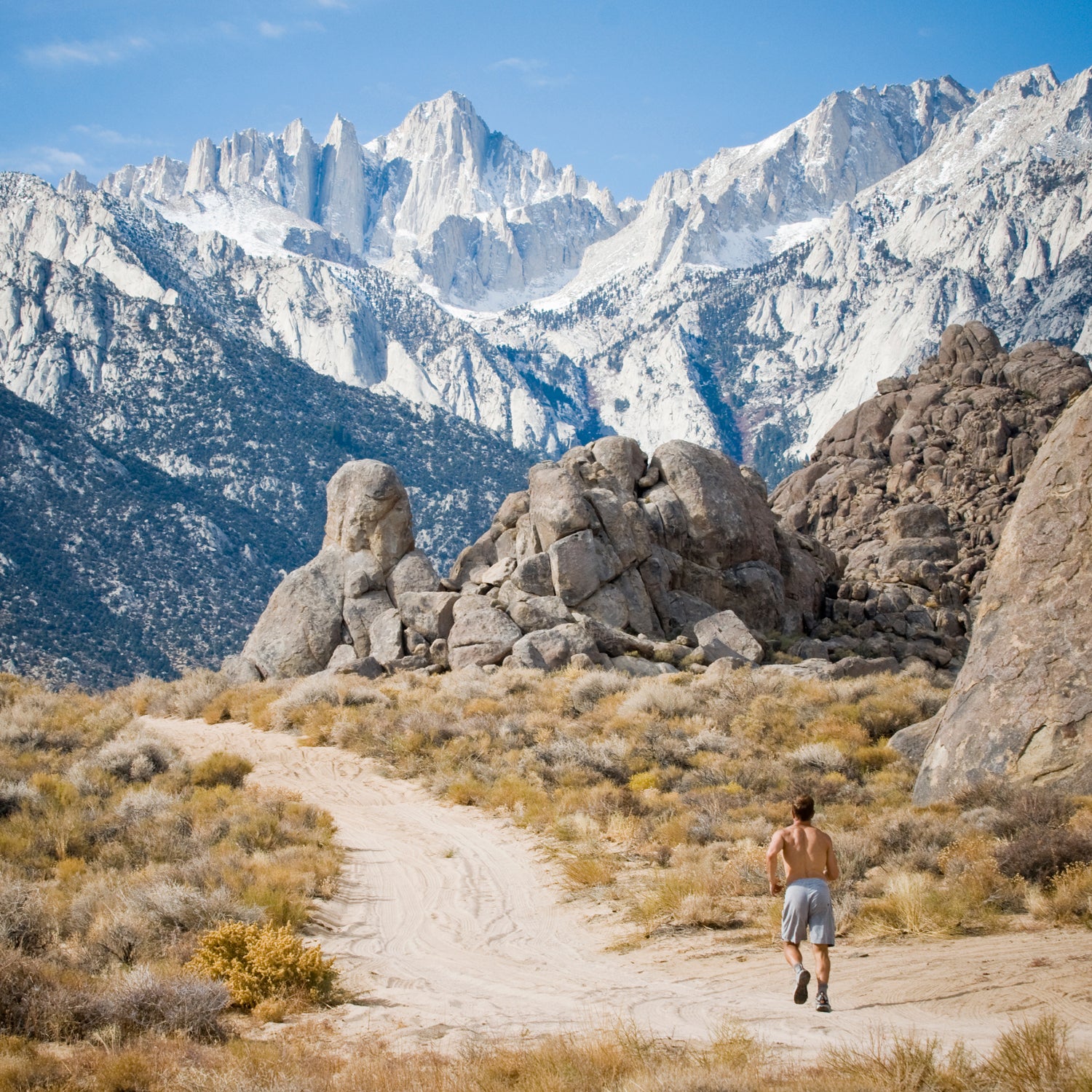On average, nearly 700 people die each year from extreme heat. It’s the most serious threat to your outdoor summer workout, but there are ways to reduce the dangerÔÇöif you’re careful.
Heat stroke hits when your body’s thermoregulatory system gets overwhelmed and fails in extreme temperatures. When this happens, it doesn’t matter if you’re running or walking: you’re taking on heat faster than your body can release it.
“When you exercise in heat, there’s a little competition happening inside your body,” says Doug Casa, chief operating officer of the University of Connecticut’s Korey Stringer Institute, named for the Viking football player who died in a 2001 team practice from heat stroke. Your muscles, heart, and skin each desperately want to maximize blood flow, and in extreme heat, they’re forced to vie against one another for a finite amount of fluid. Muscles want to maintain performance, while the heart simultaneously strives to maintain ideal stroke volume without overworking itself.
Problems arise when the skin asks for more than its usual share, as it does when you exercise in heat. Your body only has four self-cooling methods: conduction, convection, radiation, and evaporation. “In 50-degree weather, the skin doesn’t need much blood flow, and the muscles and heart can be happy,” Casa says.
But when air temperatures range above your skin temperatureÔÇöabout 93 degreesÔÇöyou instead absorb heat by the first three processes, and you’re left only with sweat evaporation. Often that does the trick, but it taxes the body’s limited fluid supply, particularly if you’re dehydrated (for every one percent body mass lost from dehydration, your temperature rises about a degree).
In humid areas like the Southeast, the saturated air negates the water-vapor pressure gradient needed to evaporate your sweat, which means you’re out of cooling options.
“Something’s going to have to give,” warns Casa. “Either you’re going to lower your intensity, or you’re going to have to somehow keep the sweat rate high.” But that has its limits. Your body can handle the critical threshold temperature of 105.5 for around 30 minutes before cell damage ensues and internal organs begin to fail.
You might notice the onset of headache, dizziness, nausea, or excessive fatigue, but often there’s no warning. “I had a heat stroke when I was 16, running the race of my life, and I felt nothing until my face planted on the track,” Casa says.
Like edema victims on Everest, the only cure is retreat: back off the intensity and cool down with shade or a cold drink. Better yet, keep heat stroke at bay by hydrating, shedding layers, and relegating outdoor workouts to the cooler mornings or evenings. It’s important, too, to acclimatize yourself to exercising in the heat with a slow transition over seven to ten days.
Even then, you’ll never run a half marathon in 90 degrees as well as you will in 60, Casa cautions. “People still need to realize that they have to back off, and you can’t have the same assumptions of how you’re going to perform.”


